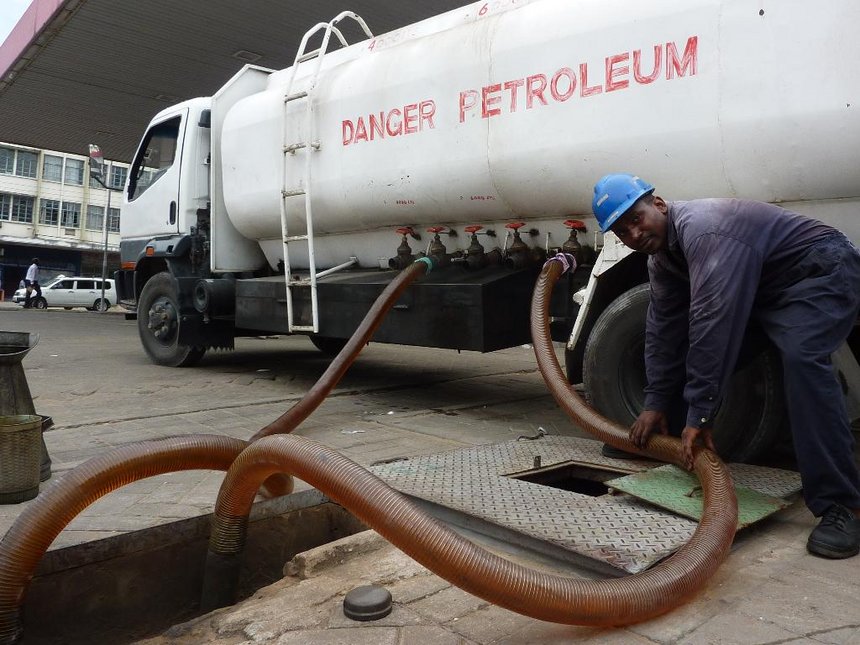
Non-governmental Organisations (NGOs) working in far-flung areas are among the largest consumers of fuel in the country.
Most of them burn the costly diesel generators to power refugee camps and have to grapple with the high cost of fuel, which has in the recent past surged to record highs.
This is according to a new report by UK think-tank Chatham House.The report, which while highlighting the hurdles experienced by aid organisations in powering refugee camps located in areas without grid connection also detail inefficiencies and wastefulness of operating the diesel generators for NGO operations.

Not only are the generators expensive to run but also pollute the environment – which is against the tenets of clean energy preached by the organisations, some of which have on paper committed to use alternatives to fossil fuels.
A few of the large organisations operating in marginalised areas could be easily gobbling up diesel and petrol worth more than Sh1 billion annually.
According to a report by Chatham House, seven aid agencies spent Sh 670 million in Kenya last year to procure diesel and petrol to run their operations.This was mostly in the two major refugee camps of Dadaab and Kakuma.

This would mean that the fuel bought by the seven aid agencies would account for about 0.4 per cent of the value of petroleum products imported to Kenya, which reached Sh 265 billion in 2017.
“In Kenya, annual spending on diesel and petrol for the seven agencies surveyed was $6.7 million (Sh670 million) in 2017.
The cost reflected the remote location of the camps and agencies’ overwhelming reliance on diesel for electricity generation,” said the London based think-tank.